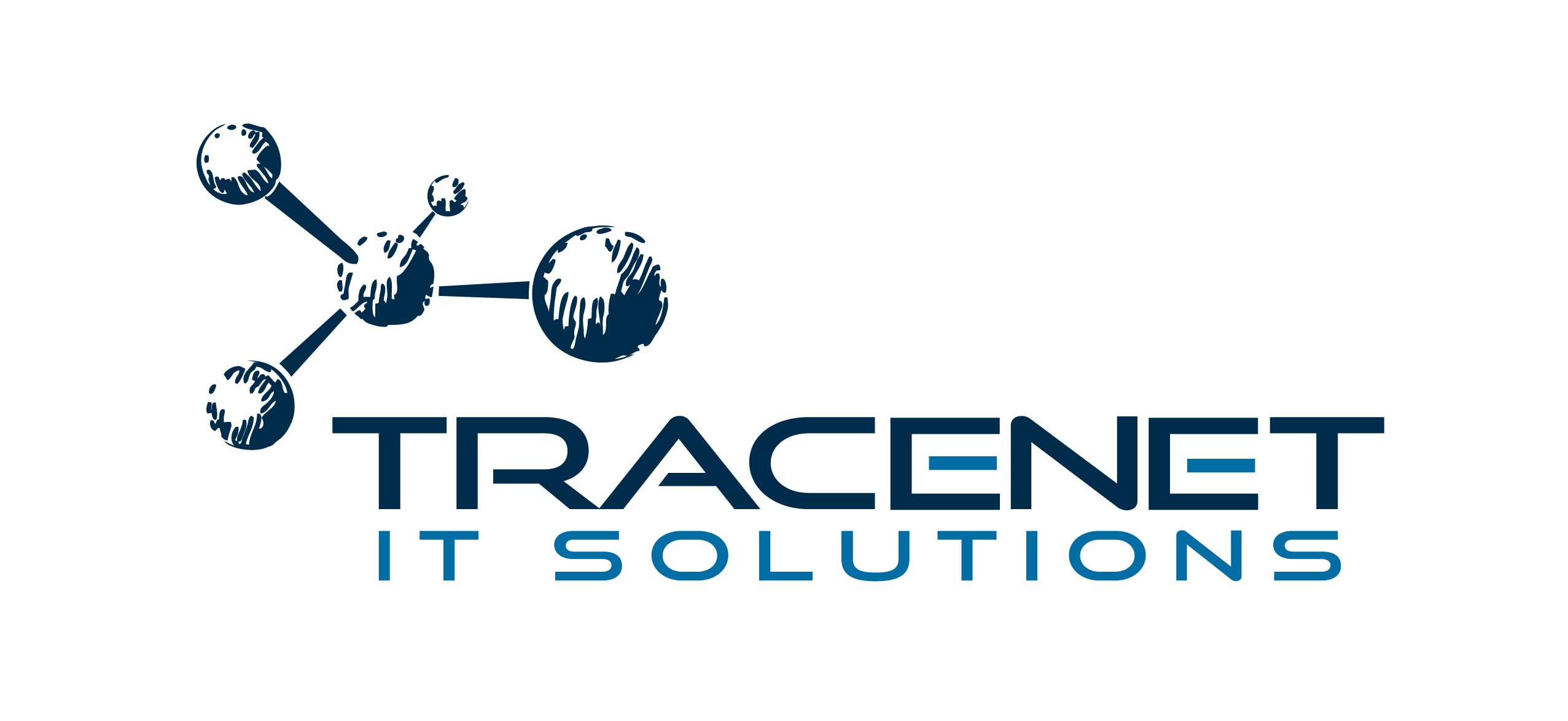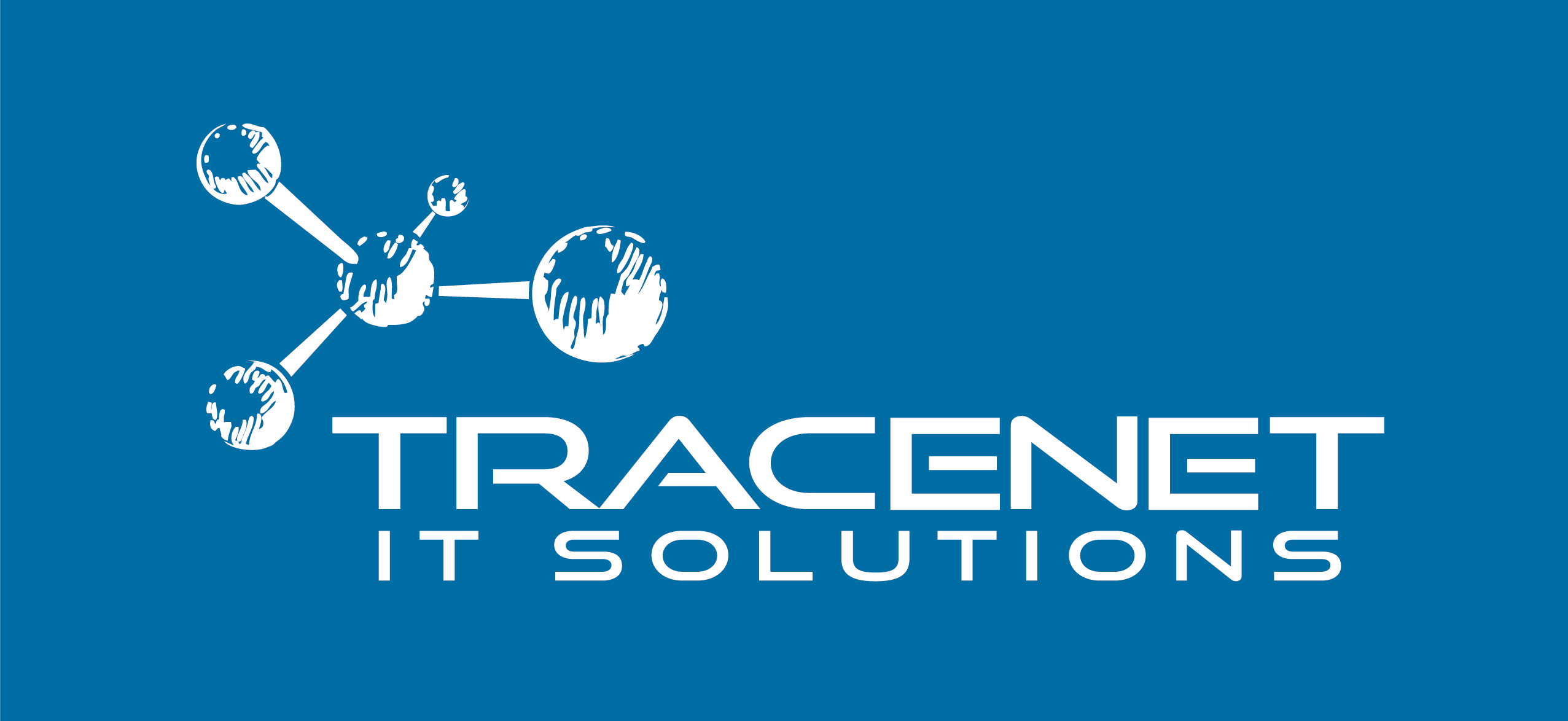The future of cybersecurity is being shaped every day, reflecting the growing complexity and sophistication of cyberattacks. With the increase in the number of connected devices, accelerated digitalization of processes and the advent of new technologies, the challenges are becoming ever more intense and varied.
As threats evolve, professionals in the field find themselves in a constant search for innovative solutions that can not only mitigate risks, but also protect the assets of people and companies effectively and proactively. In addition, the growing awareness of the importance of digital security is leading organizations of all sizes to re-evaluate their protection strategies.
Companies are adapting to an environment in which cybersecurity is no longer just an IT function, but a critical component of business strategy. This includes integrating security practices from product development to the customer experience.
In this blog, we highlight the key technologies and trends shaping the cybersecurity landscape in 2025. We’ll explore how artificial intelligence, the Zero Trust approach, protection in cloud environments and other innovations are positioning themselves as key pillars in defending against the cyber threats of the future.
List: main cyber trends for 2025
- artificial intelligence and machine learning
- zero trust
- Cloud cybersecurity:
- Cybersecurity Automation
- Cybersecurity for IoT
- Cybersecurity in critical systems:
- Cybersecurity as a Service (CaaS)
- International collaboration
How will each of these cybersecurity trends be applied in the future?
By 2025, these trends are expected to shape the future of cybersecurity, providing new approaches and solutions to protect data, systems and critical infrastructures. Let’s take a look at how they will be used:
- Artificial Intelligence and Machine Learning
The use of artificial intelligence (AI) and machine learning (ML) in cybersecurity promises to revolutionize the way organizations detect and respond to threats. These technologies are capable of analyzing huge volumes of data in real time, learning from previous behavior to identify patterns that may indicate malicious activity.
For example, machine learning algorithms will be able to identify anomalous network traffic or unauthorized access attempts, allowing security teams to intervene quickly before the damage spreads. In addition, AI could help automate incident response processes, making cyber defense more proactive and effective.
- Zero Trust
The Zero Trust security approach will increasingly be adopted as an essential standard in corporate environments. This is based on the premise that, regardless of the origin of the connection (internal or external), no user or device should be automatically trusted.
Applying Zero Trust involves implementing multifactor authentication (MFA), network segmentation and strict access control based on defined policies. As threats become more sophisticated, the Zero Trust strategy will become a fundamental pillar for ensuring that only the right people have access to sensitive information, thus reducing the attack surface.
- Cloud cybersecurity
With the continued migration to the cloud, cybersecurity in this sphere will be an increasing priority. Organizations will need to adopt a multi-faceted approach to protecting cloud data and applications. This will include the implementation of robust encryption, constant monitoring of activities, and the application of security policies that integrate access controls and identity management.
Cloud security also involves using specific tools to detect and respond to threats that could exploit vulnerabilities in cloud environments. As more services and data migrate to the cloud, cloud cybersecurity will become critical to protecting the integrity and confidentiality of information.
- Cybersecurity automation
Automation in cybersecurity will become common practice, allowing organizations to respond to threats in a more agile and efficient manner. With the increasing complexity of IT infrastructures and the growing volume of attacks, automation will allow security teams to focus on strategic activities, while automated systems manage routine tasks such as monitoring, anomaly detection and incident response.
Automation tools, such as incident orchestration and response systems (SOAR), will be able to integrate data from different sources, allowing for deeper analysis and a coordinated response to incidents.
- Cybersecurity for IoT
With the growing adoption of Internet of Things (IoT) devices, cybersecurity in this field will become critical. IoT devices often have limited security features, making them attractive targets for cybercriminals.
In the future, organizations will need to implement robust security protocols from the design of devices to their operation. This will include strong authentication, regular firmware updates and network segmentation to isolate IoT devices from critical systems. In addition, continuous monitoring of IoT device activity will help identify and mitigate threats before they cause significant damage.
- Cybersecurity in critical systems
Security in critical systems, such as those that underpin energy, transportation and healthcare infrastructure, will require a dedicated approach and strict regulations.
These systems are priority targets for attacks, and any vulnerability can have disastrous consequences. The future will see the implementation of more robust security measures, such as regular penetration tests, security audits and the creation of specific incident response plans.
Organizations will also need to collaborate with government agencies and regulators to ensure that best practices and security standards are followed, thus protecting the integrity and availability of these essential services.
- Cybersecurity as a Service (CaaS)
With many small and medium-sized businesses facing challenges implementing cybersecurity solutions in-house, the Cybersecurity as a Service (CaaS) model will become an attractive solution.
This model allows organizations to hire specialized service providers to manage their cybersecurity, accessing cutting-edge technology and expertise without the costs associated with an in-house team.
CaaS will include services such as continuous monitoring, incident response and compliance consulting. This will provide an additional layer of protection for companies that may not have the resources to invest in complete security solutions.
- International collaboration
Faced with the global nature of cyber threats, international collaboration will be essential to improve cybersecurity around the world.
Governments, organizations and private sectors will need to work together to share threat information, develop best practices and create more effective cybersecurity policies.
Collaborative initiatives could include information-sharing forums, public-private partnerships and joint efforts to tackle cybercriminals. This collaboration will help create a more secure and resilient environment, enabling a coordinated response to attacks that often cross national borders.
Conclusion
These trends show that cybersecurity will continue to evolve rapidly, requiring organizations and individuals to constantly adapt to meet the emerging challenges in the digital landscape. Do you want to be part of these changes? Get in touch with Tracenet It Solutions! We are a company specializing in information technology and cybersecurity. We look forward to hearing from you 🙂



